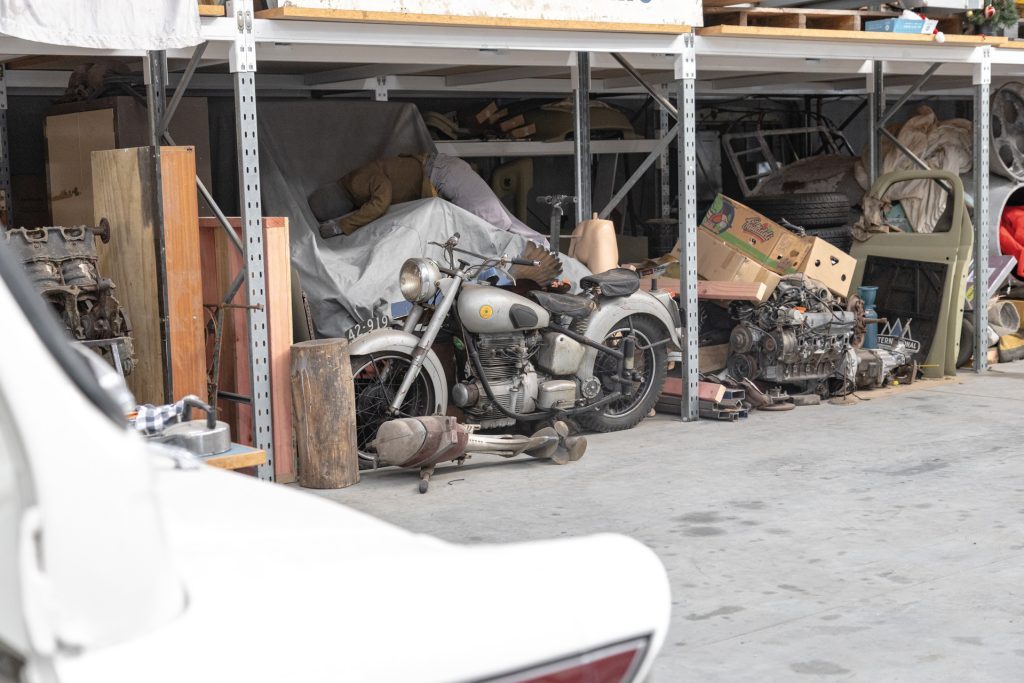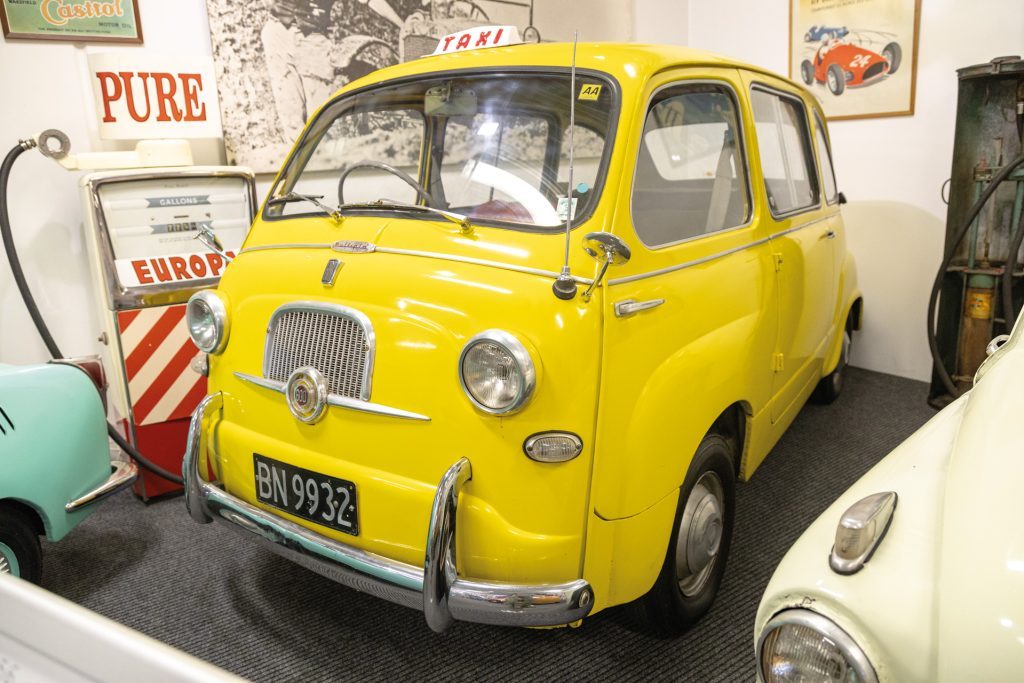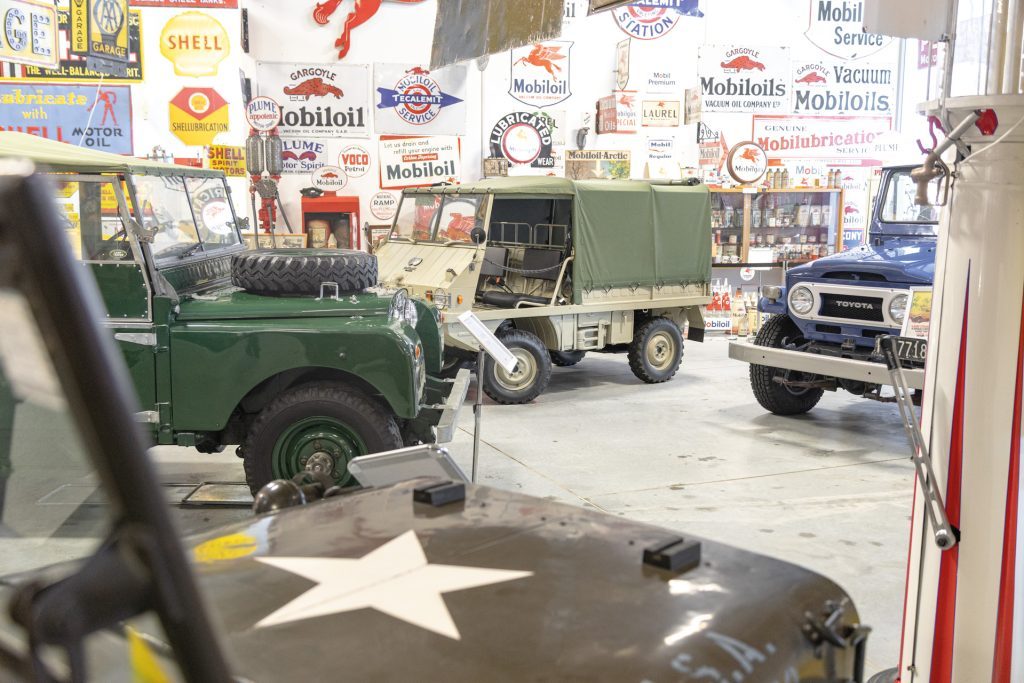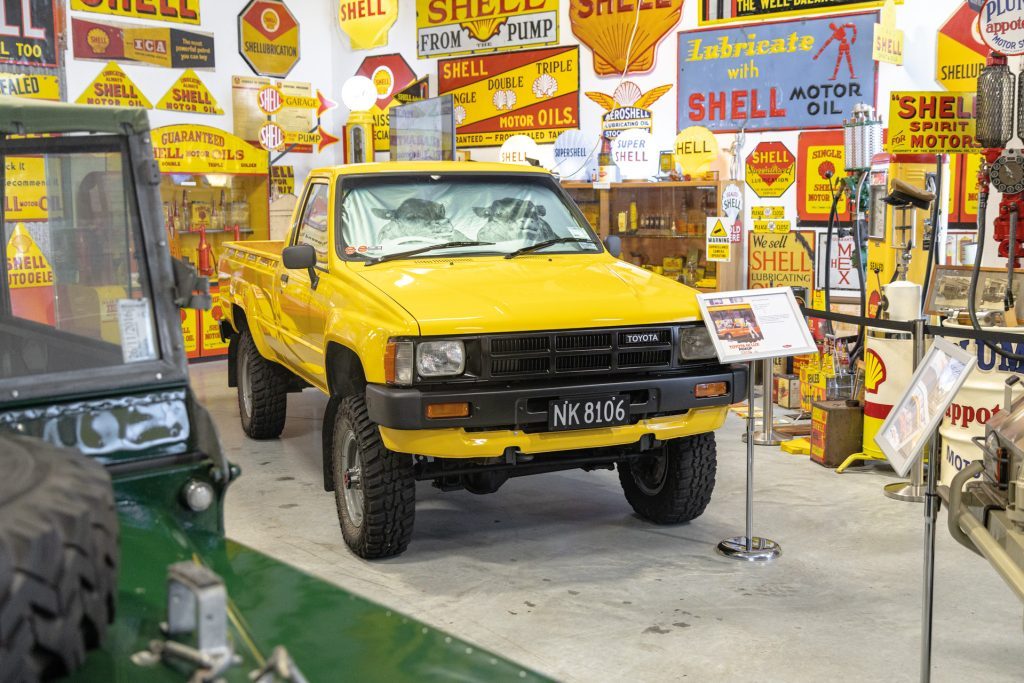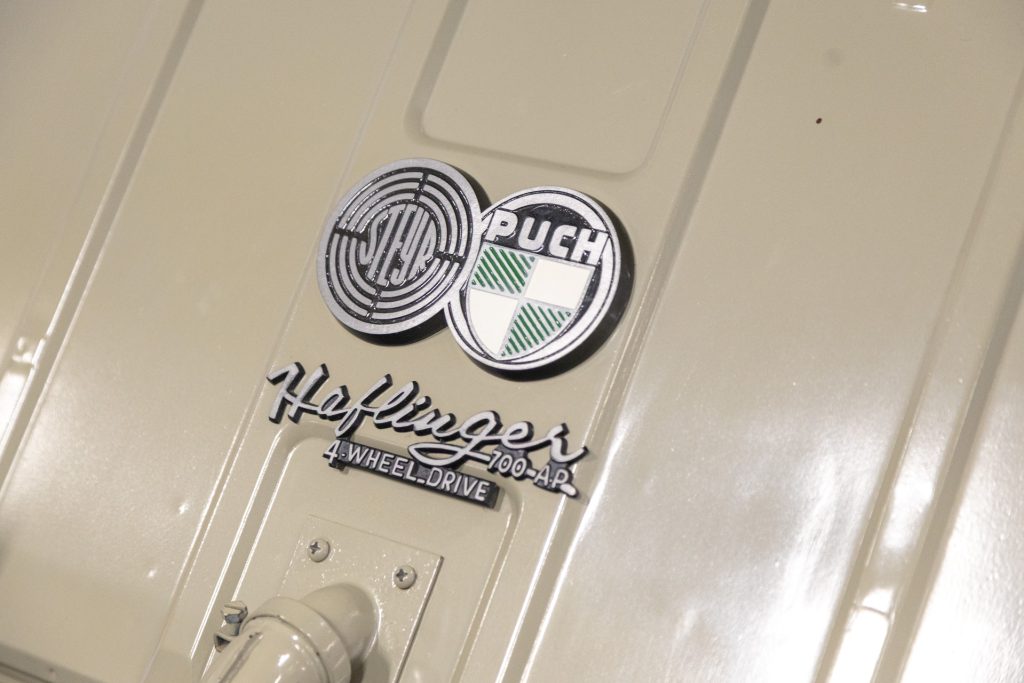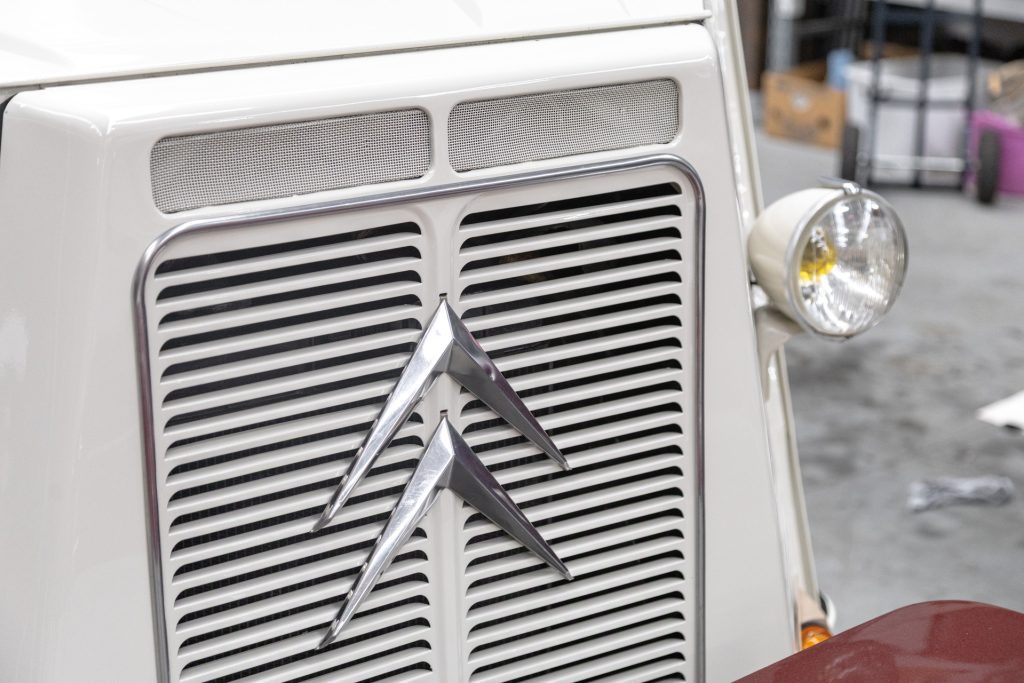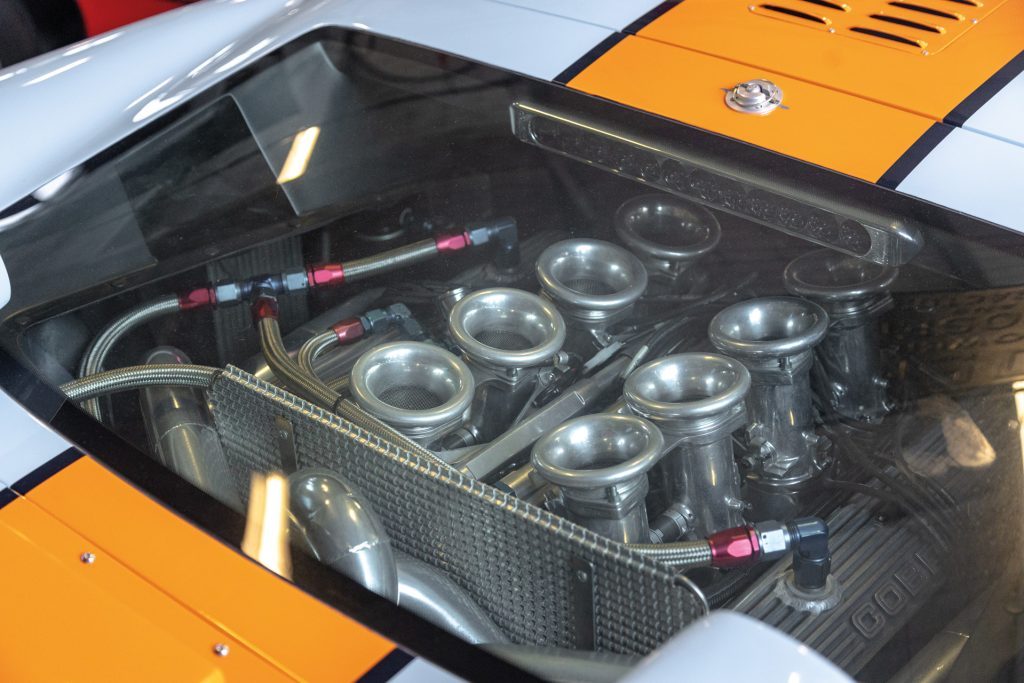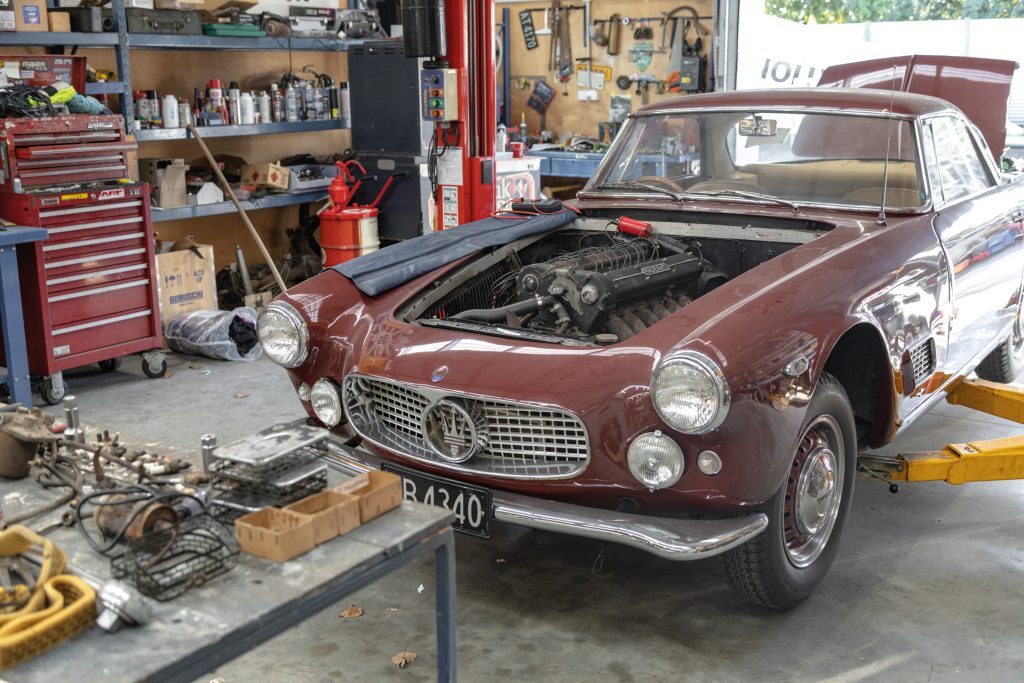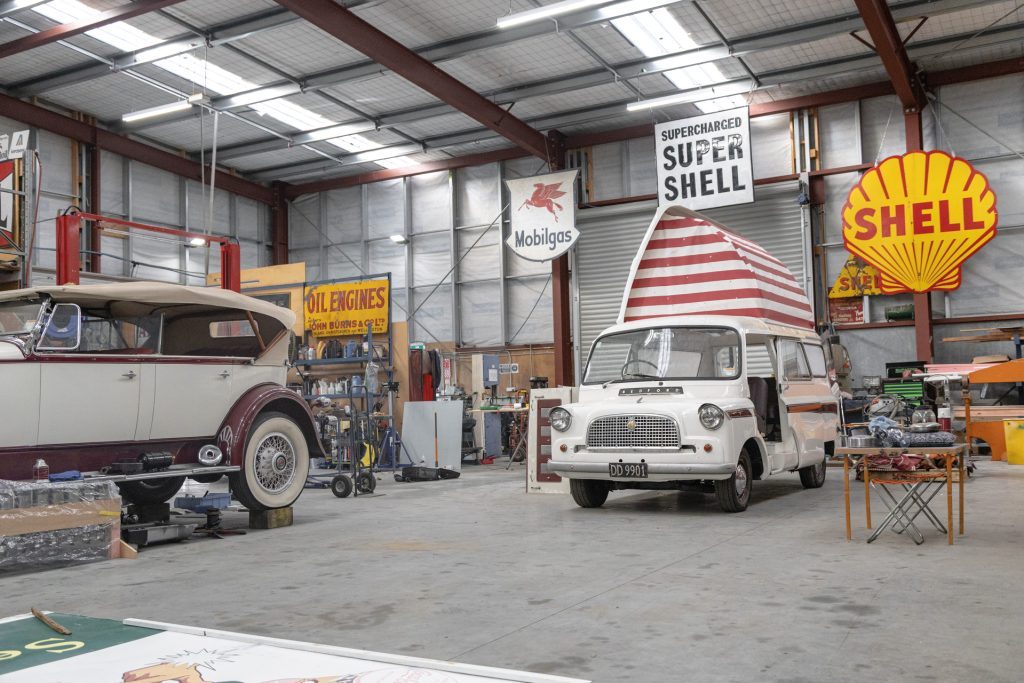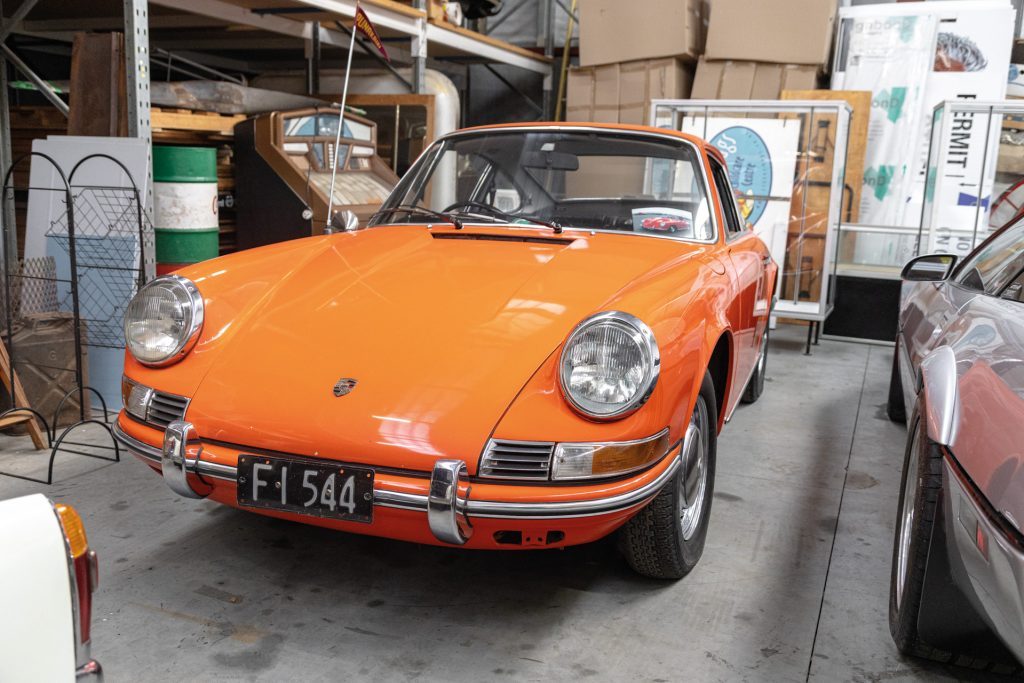Classics Revisited
Words: Kyle Cassidy | Photos: Alex Schultz
We return to the ever-changing Classics Museum in Hamilton, home to a trove of collectible automotive treasure.
It had been a while since we last visited the Classics Museum. And it was personally my first time when we trekked there recently to pay homage to the great Bugatti recreation, featured last month.
The Classics Museum has been in operation since late 2012, a 2500 square metre two-storey building in Hamilton that owner Tom Andrews decided he needed in order to house his growing collection of cars and automotive-related relics.

While it’s definitely a car museum, they aren’t the only things on display. The place is chock full of collectibles; an enormous ensemble of enamel signs and an absolute plethora of petroliana, engines, toys and all sorts to keep you interested.
But the cars are the stars, and one of the more recent additions, at least in a finished state, is the 1937 Bugatti Type 57 Ventoux. Purchased by Tom at an auction in France back in 2014, it was part of the Roger Ballion collection. Like most of the cars salvaged from the estate, it was in quite a state of decay. Although on a side note, not all were wrecks. Perusing the auction catalogue online there was a 1961 Ferrari 250 GT California Spider laid up in a garage with stacks of magazines piled upon it. It would fetch €16 million under the hammer.
The Type 57 was largely complete but a wreck, with an auction house estimate of around €160,000, though was eventually sold for €298,000. The car made its way to NZ in 2015, and while it was originally bought as a basis for the Atlantic replica, it was instead saved and restored to its former glory. Originally the car had a Gangloff streamliner body but they believe somewhere in the late 50s that was replaced with a Ventoux coach body. While the steel chassis could be resurrected, the car’s wooden frame, over which the body panels were attached, was in a bad state. Enough of the wood was left, however, to make templates and then new timber bones were crafted by a local furniture maker.
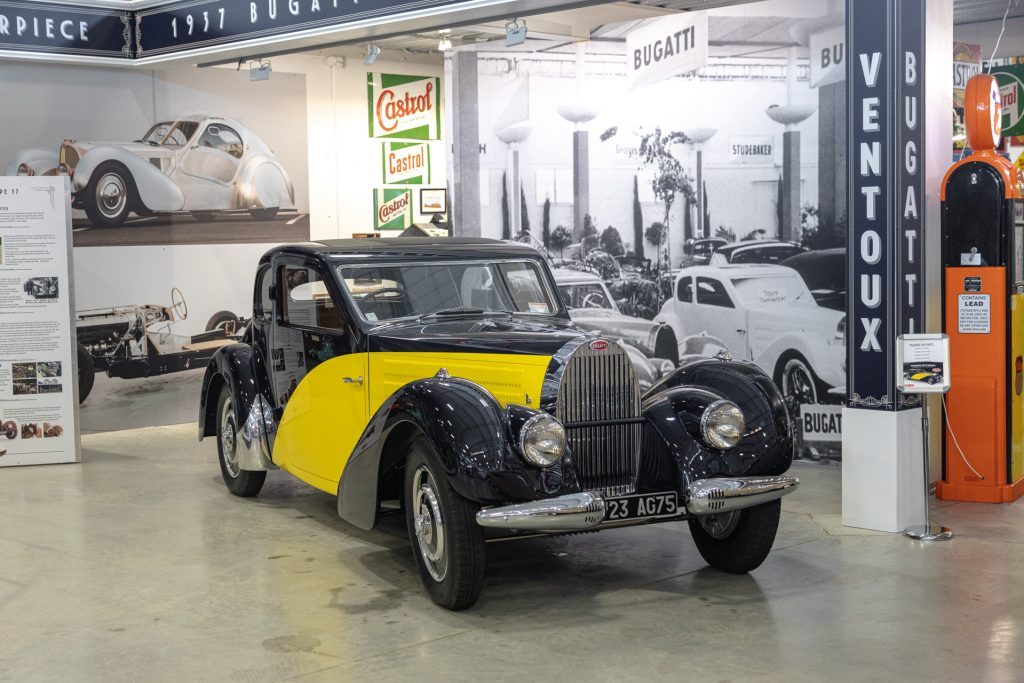
The Ventoux (above) uses a mix of steel and aluminium panels, all of which needed to be reformed by hand locally. The Type 57 still had its original engine, which was stripped down and thoroughly refurbished, with many new parts required and engineered in Hamilton. Following a complete retrimming of the interior and a lavish paint job, the project, 10 years in the making, made its debut at the Art Deco Festival in Napier recently.
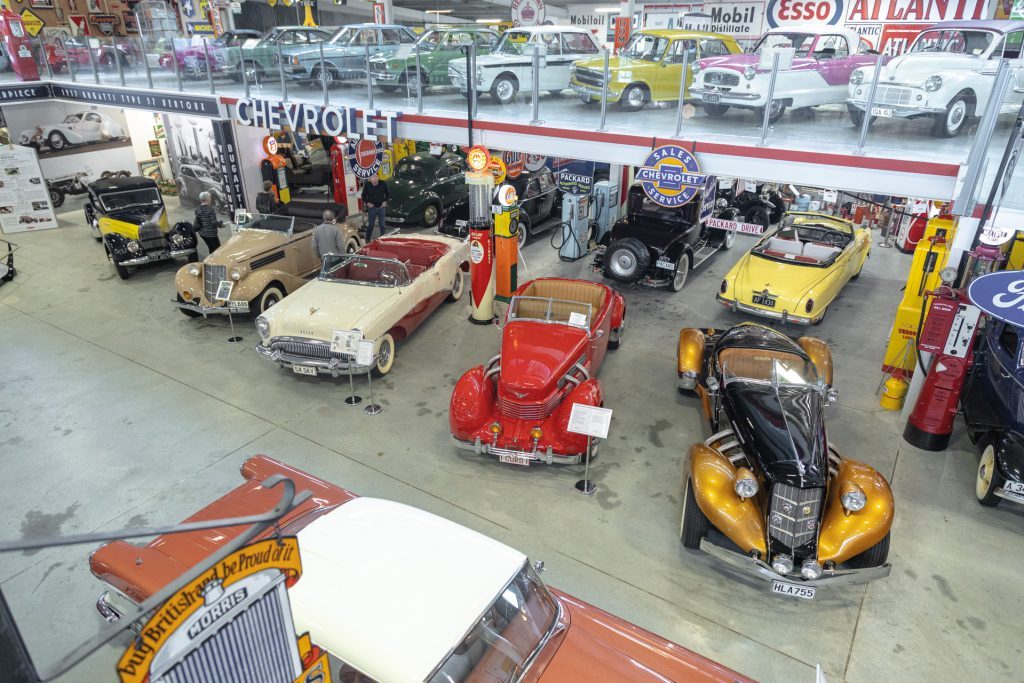
Speaking with museum curator Greg McDell during our visit, he said there are a few newer cars on display. “We’re trying to evolve a little bit by including some older Japanese cars. The generations that drove Morris Minors and Mark 1 Zephyrs are starting to leave us. And younger generations don’t want to look at that; they want more of the stuff they can remember. We’ve got to cater for a changing market, so to speak. We still have cars from the twenties, but they just don’t have a following anymore because people have lost that connection. I think it’s good to have a mixture of stuff. Connection’s key.”
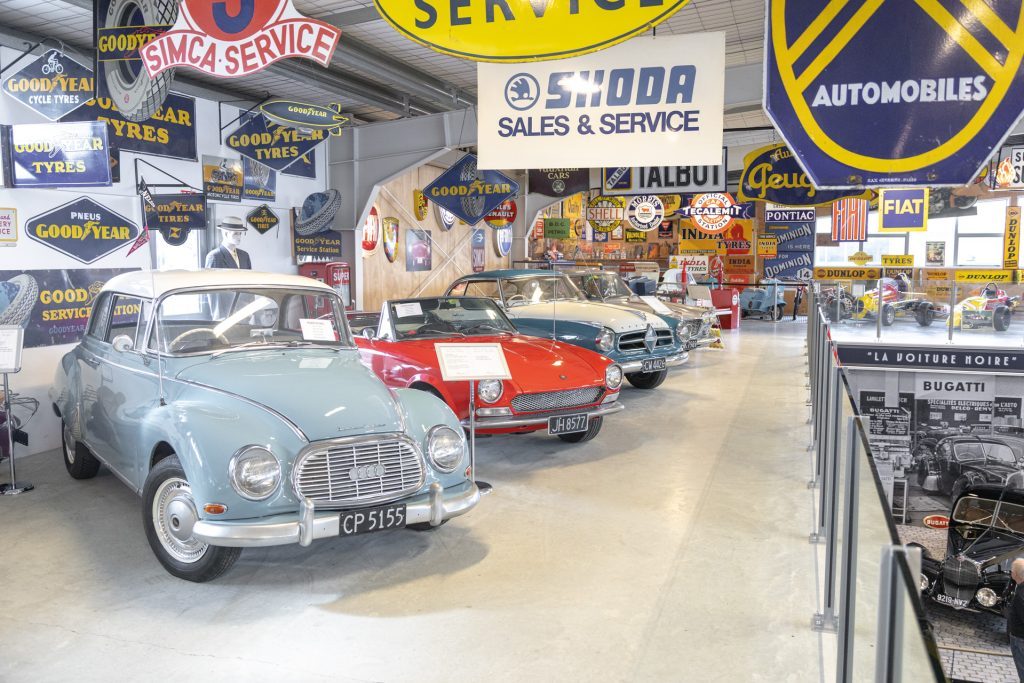
In that regard we found a few Japanese cars upstairs, an NA MX-5 alongside a 1972 Datsun B110 coupe, a 1981 Datsun Sunny and a first-gen Civic. The collection comprises over 160 cars, not all on display however. They rotate around to keep things looking fresh for repeat visitors.
“Storage is the issue. We’ve got sheds full of cars all around town,” says Greg. Unfortunately the museum building can’t be expanded to house any more.
Some of the cars on display this time included the Fiat 600 Multipla from the 50s with its rear-mounted 633cc engine. They were used as taxis in Italy, this one ready to be hailed again. It’s part of the micro car collection, an amusing little gang. It’s also where you’ll find a range of tin-pedal cars you might remember from your youth.
A 1938 Diamond T Texaco tanker is on loan to the museum, this one restored from a rusting hulk found in South Carolina. It means those residing in the top of the North Island don’t have to trek to Invercargill to see one of these beauties, though Bill Richardson Transport World is certainly worth a visit.
The Classics Museum has an eclectic mix of machinery; a 1928 Packard next to the 39 Chevy Deluxe Coupe amongst the likes of the 1975 Land Cruiser FJ40 and a 1987 Hilux, all in grand nick. The 1937 Code 812 with its 4.7 litre V8 was ahead of its time being front-wheel drive, this one a rare convertible.
Other oddities include the 1960 Auto Union 1000, not a car you’ll see every day with its 980cc three-cylinder, two-stroke engine. There were a couple of military vehicles too, a 42 Willys MB along with a 1970 Steyr Puch Haflinger, a small lightweight four-wheel drive with an air-cooled, 643cc flat-twin engine. Weighing 600kg, it was designed to be lifted by four soldiers when necessary.
Among the many signs and oil cans is an interesting recreation of a Big Tree Garage. A bit before my time but the privately owned service station company ran from 1910 to 1950 before it was bought out by Shell. And there’s a healthy display of models and toys, usually an auto enthusiast’s first connection with cars.
We managed to get a look around the Museum’s workshop out back, which is not part of the usual admission. There were a couple of new acquisitions being worked on, as well as existing pieces in different states of repair. And it’s not just cars but planes too, with a Douglas C-47 awaiting a resto before it will go on display outside the museum.
There was a 1962 Maserati on the hoist. “This has been in the museum since day one, but we’re going to put it on the road soon,” says Greg. “However, it hasn’t run in 30 years and it’s proving hard to get going.”
It’s a New Zealand new GT 3500 Coupe, its twin-cam, twin-spark six-cylinder making 340 horsepower. It was originally part of the Duncan Rutherford collection. Some 60 of the cars that form part of the Museum fleet were purchased from this collection.
There is a Bedford camper under restoration in the middle of the workshop.
“For some reason Tom wanted one of those,” Greg laughs. “This will never drive again, the engine has had it, but most of it’s original. It’s hard because the cost of restoring is just so huge. Even with us doing it, the budget can blow out quite quickly.”
There is a bit of war bird stuff about the place too, a big Allison engine from a P-40 part of the Museum collection, while other bits are Greg’s own.
“We always have all sorts on the go around here, as well as refurbishing the petrol pumps and the sign repairs,” Greg says. “Stuff arrives here all the time; it just turns up. Tom’s way up north at the moment looking at a collection.”
So, more things to come for the Classics Museum it seems, a place where there’s always something new and interesting to see.
